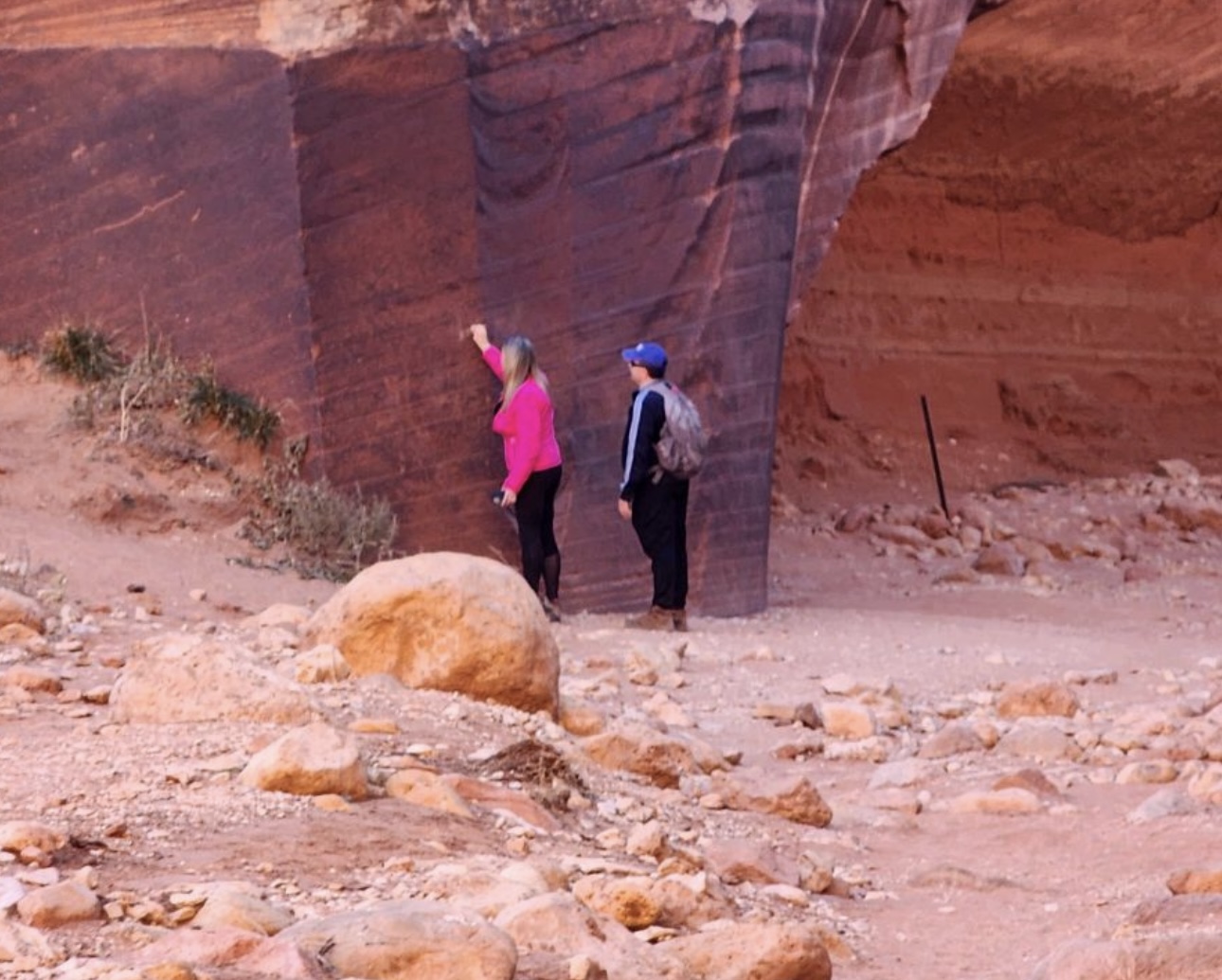Some information may be outdated.
Trails workers reach out online to share troublesome spots in wet seasons
After driving a half hour to get to a trailhead, it’s a mountain biker’s nightmare to find the trail a soupy, sticky, wet mess. Slog through or turn back?

Staff at Grand County’s Active Trails and Transportation Department want to prevent people from having to make that tough decision. Each week, they issue the Mud Report to alert trail enthusiasts, particularly those unfamiliar with Moab’s weather and soil conditions, about the state of popular trails. This is not merely about discouraging biking in muddy conditions; it’s a strategic move to guide enthusiasts to the right locations.
“Even in the wintertime, we still get a decent amount of visitation,” said Grand County Active Transportation and Trails operations coordinator Evan Smiley. “Before they even get here, we want to give visitors—and locals—a good idea of where they can go to have a good ride.”
The Mud Report serves as a compass, directing riders to suitable trails and providing timely information for making informed decisions. In an rural area like Moab, where people can drive miles to get to a trailhead, the report helps prevent individuals from embarking on journeys to distant trails, only to find them unsuitable for biking.
The Mud Report is also a proactive measure to ensure that trail workers with the department spend less time repairing damage and more time enhancing and creating new trails. A large part of that is using the conditions report to promote responsible trail etiquette as well, including biking through puddles or avoiding wet trails entirely.
“People trying to avoid mud puddles can turn the single track into a much wider trail by veering around,” said Smiley, not only diminishing the aesthetic appeal of the trails but also damaging the surrounding environment.
Smiley said that after a particularly muddy ride, “[i]f you were to scrape all that off, you’d probably get like half a pound of mud,” that collected on the bike. Multiply that by dozens of daily riders and the potential soil loss could be significant. Not only is that an ecological concern, but it impacts the trail itself.
“That’s part of why our trails end up down to the rock,” said Smiley, “and when you lose that soil, you lose the flow of the ride.”
The weekly ritual of creating the Mud Report is not just a task for Smiley and other staff members; it’s a cherished field trip in the wintertime.
“Going from a field-based person to an office person in the winter, it’s nice to have little trips once a week to get out there,” he shared.
Smiley said that visitors often reach out to express gratitude for preventing wasted trips, and locals say that they find it an indispensable tool in deciding where to ride. It’s also unique: Smiley said that when he travels to ride elsewhere, he wishes more communities offered similar reports.
The Mud Report has also become a canvas for creativity in the department. The staff has incorporated jokes, photos, and drawings: Smiley has even composed short humorous poems about the conditions in the past.
The Mud Report is issued on Wednesday or Thursday each week and can be seen on Instagram at @moabtrailmix or on Facebook at MoabTrailMix.
Appreciate the coverage? Help keep local news alive.
Chip in to support the Moab Sun News.





